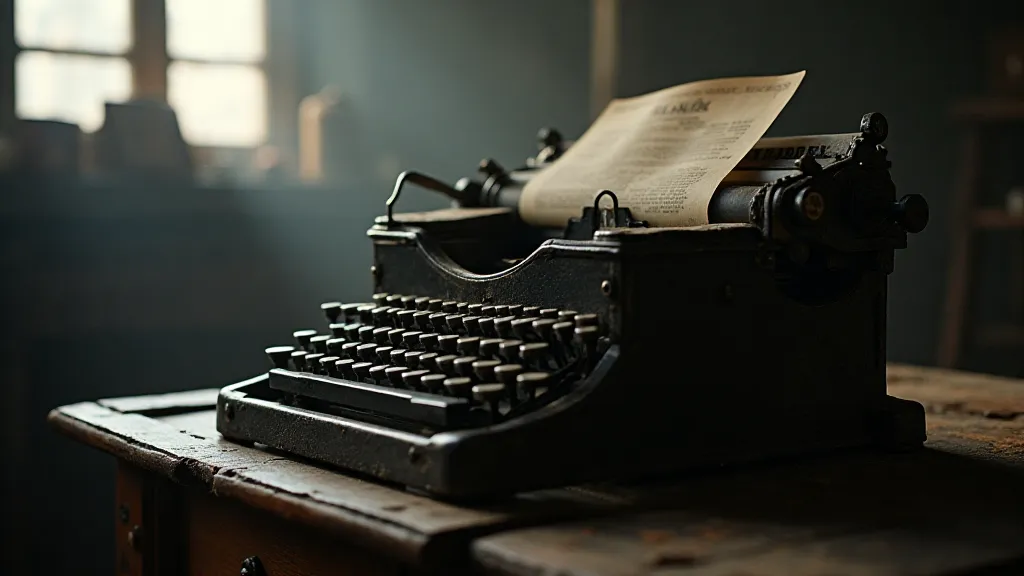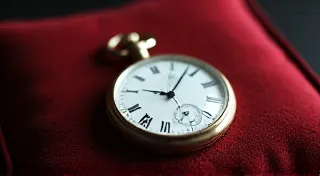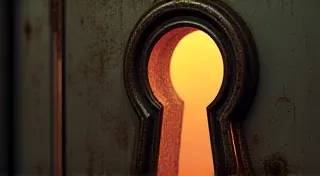The Obsidian Archive: Unearthing Stories from the Reliquaries of Time
There’s a peculiar resonance to a vintage typewriter ribbon, particularly one of the black varieties. It isn't just a strip of fabric coated in ink; it's a tangible link to generations of writers, thinkers, and storytellers. Holding one, you can almost feel the ghosts of their hands guiding the keys, crafting words that shaped history, ignited imaginations, and whispered secrets into the quiet hours. This article delves into the significance of these black typewriter ribbons, exploring their history, their symbolism, and the delicate art of preserving them – a practice I've become increasingly drawn to, captivated by the echoes of the past they hold.
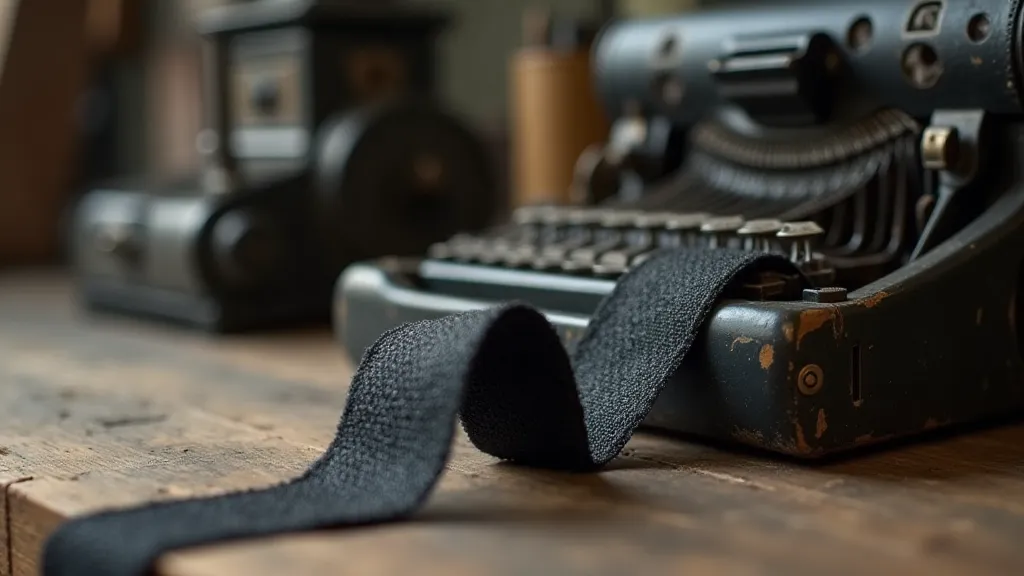
A Shade of Significance: Black Ribbons Through Time
The prominence of black typewriter ribbons is intertwined with the evolution of office aesthetics and the perceived gravity of written work. Early typewriters, particularly those used in legal offices, government institutions, and publishing houses, frequently employed black ribbons. There was a deliberate sense of formality – the black ink, stark against the white page, projected an aura of authority and seriousness. It wasn’t a flamboyant choice, but a practical one, chosen to enhance legibility and convey a professional impression.
Think about the documents generated during pivotal moments in history: the treaties, the manifestos, the legal briefs. Chances are, many of these were produced using black ribbons. They served as silent witnesses to debates and decisions that shaped our world. The black ribbon isn’s simply an office supply; it’s a tiny, unassuming artifact of human endeavor, a memento mori of the words that have shaped our understanding of ourselves and the world around us.
The Weight of Ink: Symbolism and Impression
The association of black with solemnity isn't solely a modern construct. Throughout history, black has been linked to wisdom, mystery, and even mourning – associations that subtly permeated the perception of typed documents. While red ribbons were sometimes used for corrections or urgent communications, black maintained its position as the standard for formal writing, imbuing it with a weight and permanence that felt almost sacred. It was a choice that spoke volumes before a single word was typed.
My own fascination began with a box of discarded office equipment discovered in my grandfather’s attic. He was a local journalist, and the remnants of his career – the yellowing newspapers, the worn-out stenographer's notebook, and the tangle of typewriter ribbons – felt like uncovering a lost civilization. Amongst them, a perfectly preserved black ribbon shimmered, a stark contrast to the faded blues and reds surrounding it. That ribbon, untouched for decades, sparked a desire to understand its story, its purpose, and the hands that had guided it across the keys.
The Art of Preservation: Restoring Reliquaries
Restoring vintage typewriter ribbons isn’t a science; it's an act of reverence. It’s about understanding the fragility of these artifacts and treating them with the care they deserve. The materials themselves – typically a fabric like silk or rayon, coated with a delicate ink formulation – are inherently susceptible to deterioration. Light exposure, humidity, and the simple passage of time can cause the ink to fade, the fabric to become brittle, and the ribbon to curl and crack.
The preservation process begins with gentle cleaning. Using specialized, archival-quality cleaning solutions, I carefully remove surface dust and debris. More severe cases might require careful manipulation to uncurl the ribbon, often involving specialized weights and a controlled environment. The aim isn't to erase the signs of age – those are part of the ribbon's story – but to stabilize it and prevent further degradation. There's a strange satisfaction in coaxing a ribbon back from the brink, knowing you’ve helped to extend its lifespan, preserving a tangible link to the past.
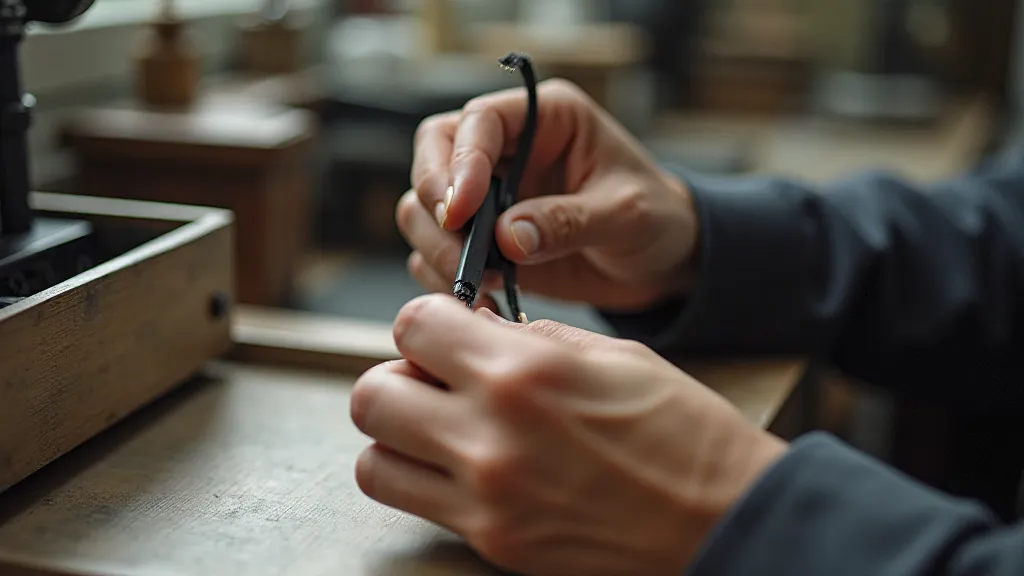
Beyond Utility: The Collector’s Eye
While restoration is my primary focus, I've also found myself drawn to the world of collecting vintage typewriter ribbons. Each ribbon tells a story – its color, its width, its condition – providing clues about its origin and the typewriter it was used in. Certain ribbons are particularly sought after: those associated with rare or historically significant typewriters, those in exceptional condition, or those with unique color variations.
The value isn’t solely about monetary worth, though. It's about the thrill of the hunt, the satisfaction of uncovering a piece of history, and the opportunity to connect with a community of enthusiasts who share a passion for these forgotten artifacts. A seemingly insignificant ribbon can become a gateway to a wealth of knowledge about the typewriter industry, the evolution of writing technology, and the cultural context in which these machines were used.
A Legacy in Ink
Holding a restored black typewriter ribbon, I’m struck by the enduring power of words and the tangible legacy they leave behind. Each ribbon represents countless hours of labor, creative energy, and human interaction. It’s a reminder that even the most mundane objects can hold profound meaning and tell captivating stories.
My grandfather's old typewriter, with its tangled ribbons and fading ink, continues to inspire me. It serves as a potent symbol of the power of communication and the importance of preserving our cultural heritage. The obsidian archive of typewriter ribbons – a testament to the stories whispered across the keys – is a treasure trove waiting to be unearthed, one delicate restoration at a time.
